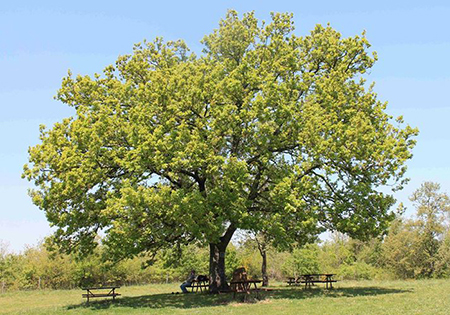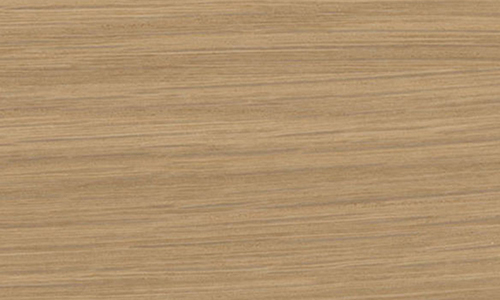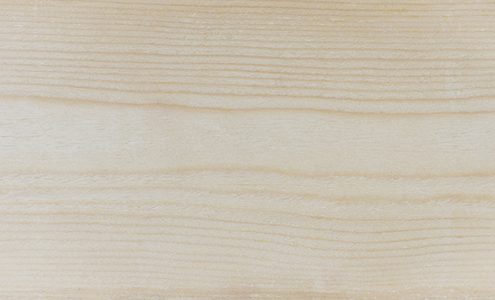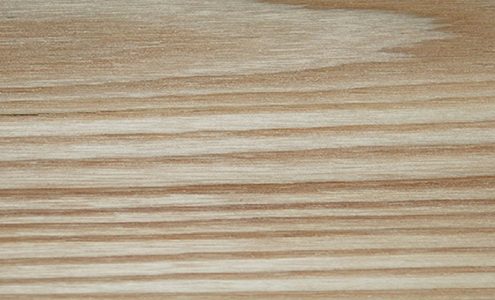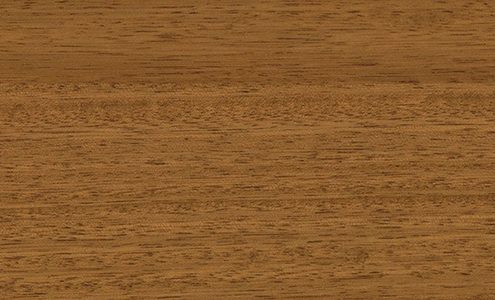Oak
The oak is a very heavy wood, with a thin and yellowish sapwood, and a different heart of brown-yellow color sometimes with bronze reflections, visible rays in all surfaces, on the radial faces create a particular shape.
The texture is coarse and the grain usually straight, but also wavy.
Technological properties
The oak is characterized by hard woods, very resistant to bending and moderately rigid. The shrinkage is high and the dimensional stability is poor, moreover the drying must be carried out slowly to avoid cracks favored by the presence of large radiuses.
The workings are performed easily and with good results. They are woods resistent to mushrooms, but not resistant to wood-boring insects.
Use
Wood appreciated for its mechanical characteristics and its natural fungus durability, widely used since ancient times for load-bearing structures, shipbuilding and hydraulic constructions (in the past all over Europe it played a fundamental role in the construction of ships) and for heavy carpentry work.
This wood is currently researched for the production of furniture, flooring, interior and exterior fixtures, staves for barrels and containers and parts of boats.
Typical defects
In wet conditions it will stain if it comes into contact with ferrous metals, small knots.
Technical details of the oak
| Family | European Hardwood Family |
| Scientific name | Quercus petraea Liebl., Q. robur L |
| Other names | Chéne (F); Oak (GB); Stieleiche,Traubeneiche (D); Roble (E) |
| Geographic origin | Mixed woods of deciduous trees from the plain to the mountain areas; particularly widespread in Central and Eastern Europe where it forms extensive forests |
| Specific weight Medium | Fresh 1080 kg/m3 |
| Dried 780 kg/m3 | |
| Sawing | Easy even if you have to pay attention to the hardness |
| Drying | Slow for the tendency to deform, some internal collapse and cracking |
| Planing | Easy |
| Gluing | Easy, no alkaline or acid glues |
| Nailing and screwing | Easy even if you have to pay attention to the hardness |

